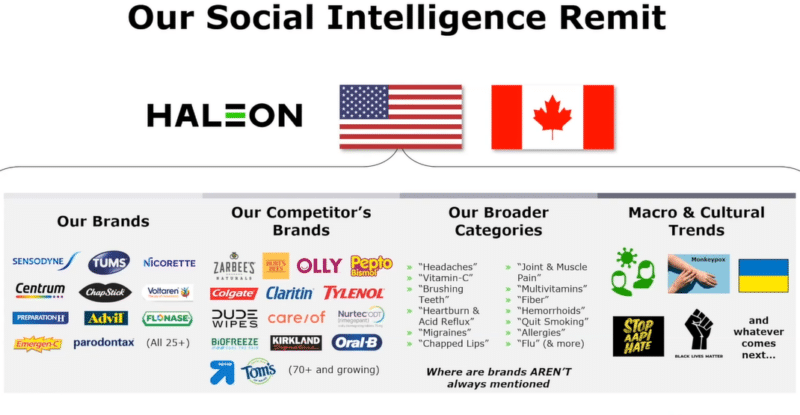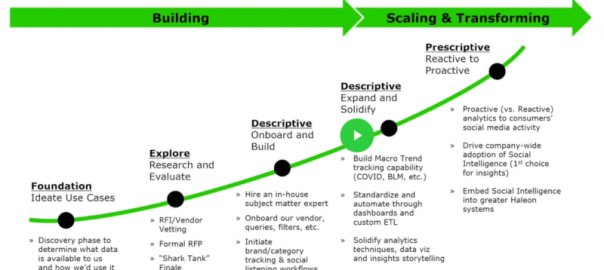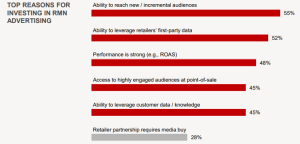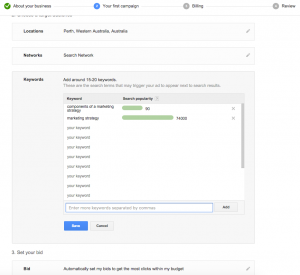The company behind Advil and other consumer brands transformed their approach to social media just in time for the pandemic.
Social media platforms are an important arena for consumers to talk about brands that affect their lives. That’s why Haleon assembled an in-house team to own social media for their many over-the-counter products.
Haleon was created last year out of a joint venture between GSK’s and Pfizer’s consumer products, which include Advil, Excedrin, Robitussin, Tums and other household brands.
The company assembled an in-house team to use social media intelligence, or “social intelligence” — tools and strategies to understand what customers are saying about brands and how to leverage that intelligence to boost marketing efforts.
Defining social media intelligence
First, Haleon had to define social media intelligence. It can mean different things in different organizations, so it’s important for each business to establish goals and benefits derived from social intelligence operations.
“Social intelligence is folding in all these different data sources and really trying to figure out what this data is actually going to do and what [it] tell us,” said Danny Gardner, analytics manager U.S. and North America social intelligence lead for Haleon, at The MarTech Conference.
Gardner and his team consider social intelligence as a more sophisticated version of social media monitoring and listening. Instead of just tracking different topics that consumers are talking about on social platforms, social intelligence draws insights from this data and ties the insights to marketing actions.
“Why does the business want to have social intelligence?” Gardner asked. “At its core, it’s insights. We’re able to act on this data and get to insights faster than any other team in the company.”
Brands that gather social intelligence have access to consumer opinions about their own products and also the competition. They also gain feedback about marketing campaigns and can learn more about their target audience.
Another benefit of social media intelligence is finding out where consumers say they are purchasing products. For Haleon, knowing if customers are talking about buying Advil at a Costco or through an online retailer helps the company develop an ecommerce strategy.
If consumers are speaking negatively about a brand on social, knowing this can help the brand execute a crisis management strategy, said Gardner.
Four social media intelligence categories
Social media is a vast space, and listening to it intelligently means having clear categories or “buckets” for the data.

Gardner and his team established four main buckets of data they wanted to gather through social channels. They wanted to analyze and gain insights from social conversions that related to their own portfolio of brands, competitor brands, broader topics related to using these products, and “macro and cultural” trends.
“There are a lot of trends that go on and things that happen in society that we’ve realized our consumers care a lot more about than our brands, and rightfully so,” said Gardner. “And so we took it upon ourselves years ago to build this into our remit.”
Building and scaling social media
Although Haleon only went live as an organization in 2022, their marketing strategy, including their approach to social intelligence, has been years in the making.
Here’s a timeline of the steps they took to implementing social intelligence tools and strategies.

“There was this large discovery phase around what data is available, how can we get to it, what does data mining look like, what vendors exist and what are their capabilities,” Gardner explained. “It was actually a couple years before I was hired that they started building the case that, hey, we actually think we might be able to do this in-house.”
Haleon also debated the pros and cons of building versus buying their solution, and eventually wound up settling on a suite of social intelligence tools developed by Meltwater.
Piloting social media intelligence during the pandemic
Just as Haleon was ready to test pilot some of their social media intelligence capabilities, the world changed. During the first years of the COVID-19 pandemic, many consumers upped their use of digital channels to purchase products and self-educate.
“We came out of our 12 month pilot, and at the end of the tunnel was COVID-19,” said Gardner. “And so this definitely accelerated the demand and interest for what social listening was and really catapulted us into the limelight…Social media was kind of the go-to for questions [consumers] didn’t have answers to.”
He added, “So at the time this is actually what inspired this macro trend tracking capability and we now know we can do this pretty well around our brands.”
As a result, Haleon has a better understanding of how consumers feel about their roster of brands. And they can join the conversation on larger issues in a way that’s relevant to their customers.
The post How Haleon built social media intelligence in-house appeared first on MarTech.
(18)
Report Post








